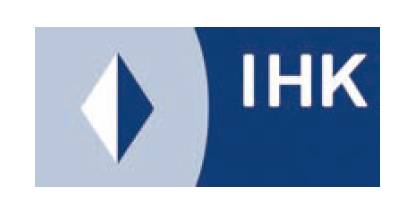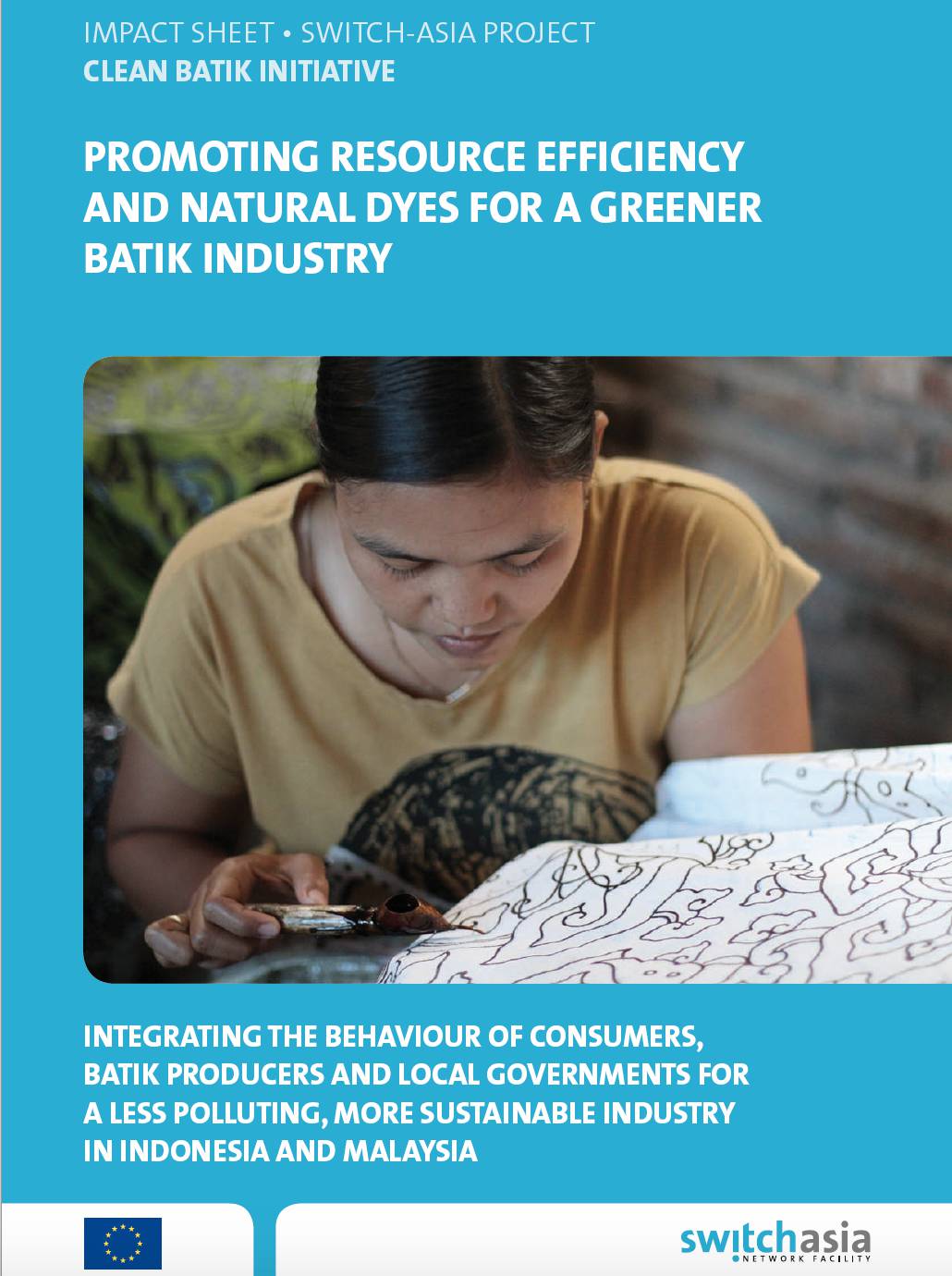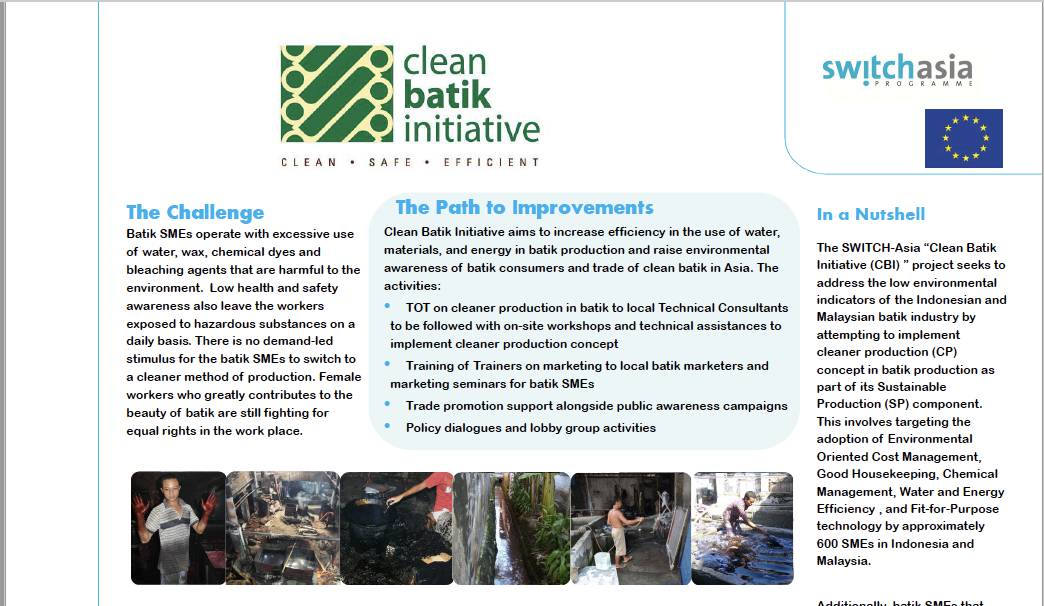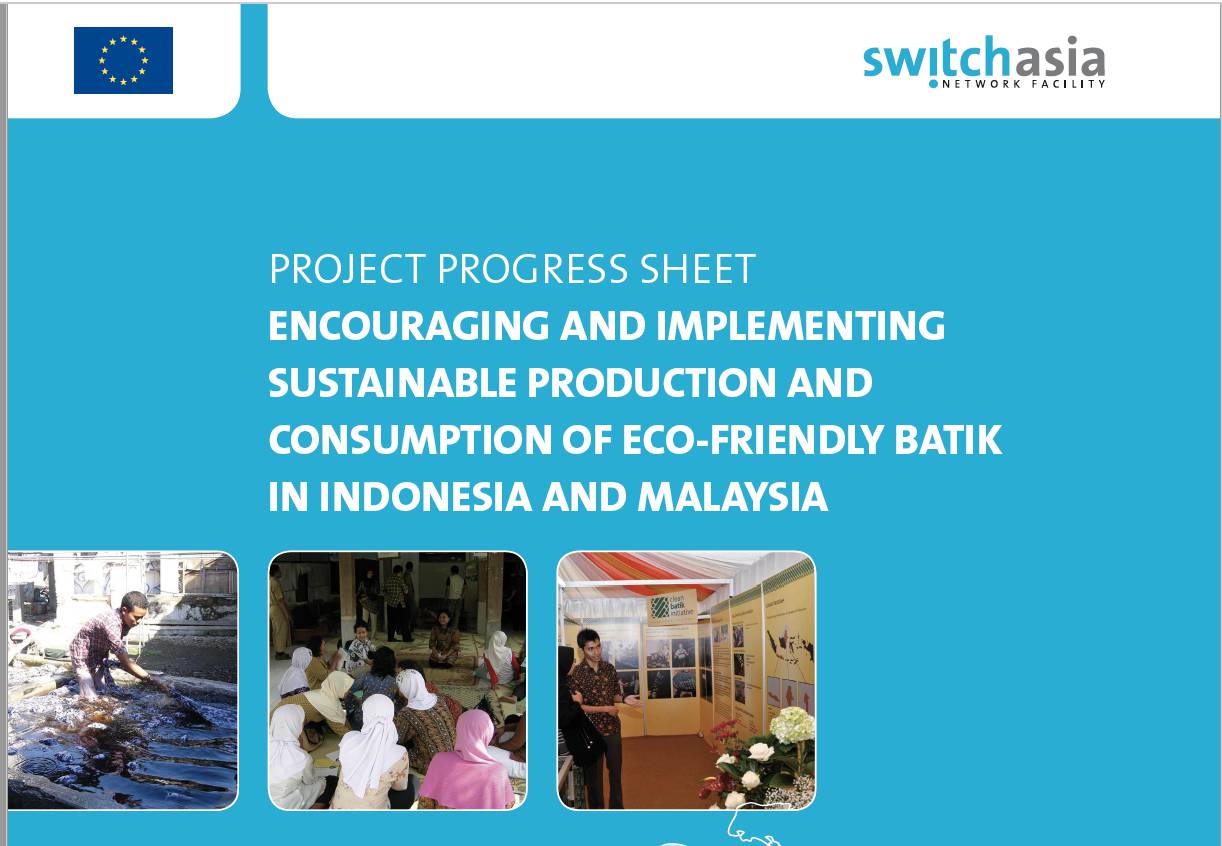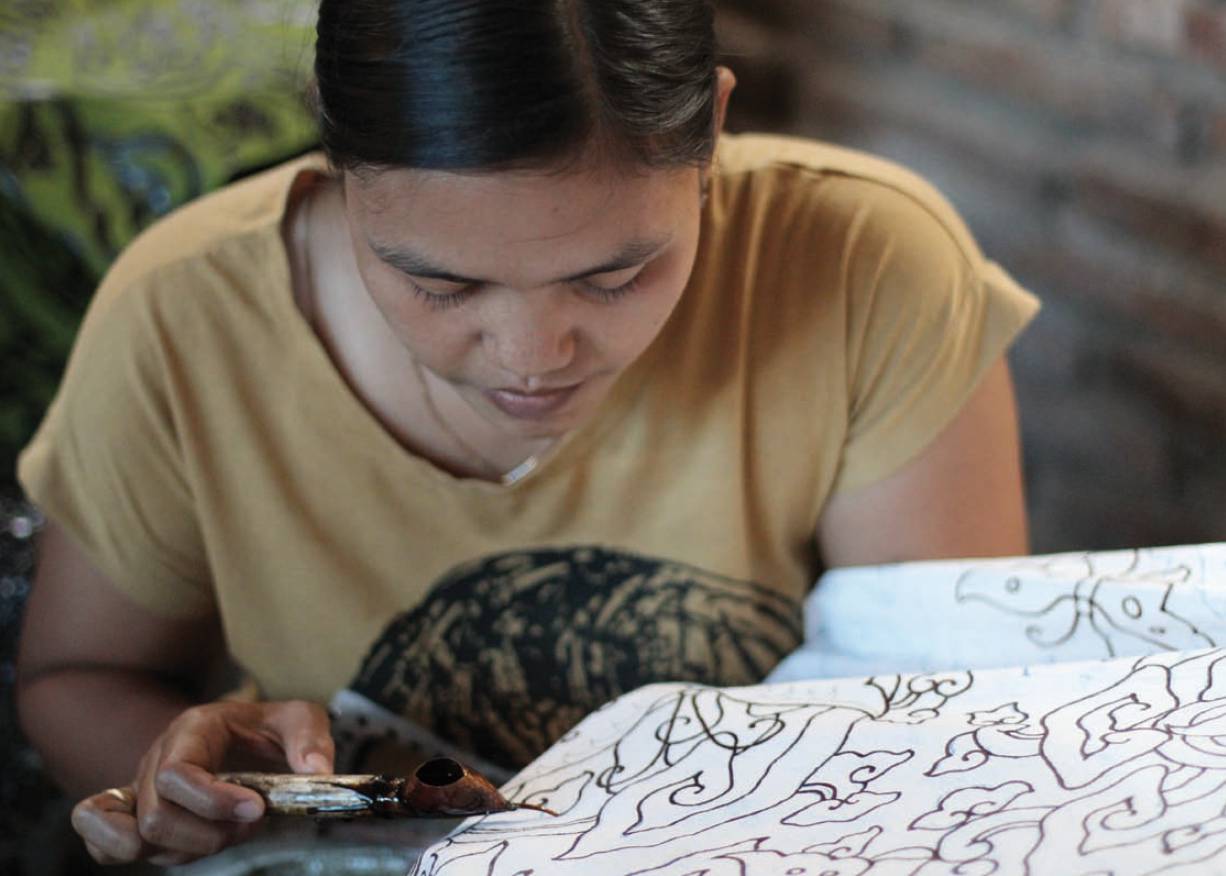
The Challenge
Batik small and medium-sized enterprises (SMEs) operate with excessive use of water, wax, chemical dyes and bleaching agents that are harmful to the workers and the environment. Carcinogenic wastes generated from batik production are generally left untreated and often pollute rivers and waterways which is detrimental to the health and livelihoods of thousands of local residents. Low health and safety awareness also leave the workers exposed to hazardous substances on a daily basis. There is no demand-led stimulus for the batik SMEs to switch to a cleaner method of production due to low environmental awareness of the batik consumers.
The Objectives
The project aims to improve the environmental indicators of the batik industry in Indonesia and Malaysia and to create environmentally conscious consumers in order to drive the demand of ecofriendly products from batik SMEs that will, in turn, provide incentives for cleaner production. It aims to do so through:
- Increasing practices and use of environmentally-friendly technologies by batik SMEs by promoting sustainable alternatives in production processes that use fewer materials and generate less pollution per unit of goods produced;
- Promoting trade in clean batik and switching consumption behaviour of consumers or segmented consumer groups in favour of products that are less environmentally damaging;
- Contributing to the development of an enabling policy environment to create a setting that stimulates batik SMEs and batik consumers to change their behaviour.
The Way Forward
- Focus on capacity building;
- Introduce sustainable practices and environmentally friendly technologies;
- Build market for environmentally friendly products;
- Set up consultant networks;
- Promote showcases;
- Save resources and greater productivity;
- Reducing pollutants through increased use of environmentally friendly dyes;
- Raising environmental consciousness.
Duration:
12/2009 - 12/2011Total Budget:
EUR 2,316,792 (EU contribution 80%)Lead Partners
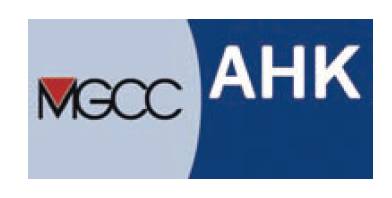
Malaysian-German Chamber of Commerce (MGCC)
Partners
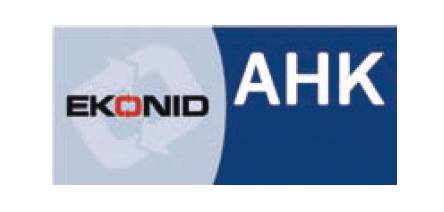
European Business Chamber of Commerce in Indonesia (EKONID)
